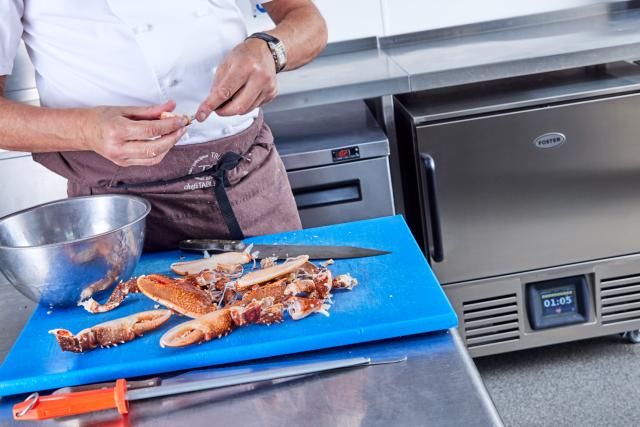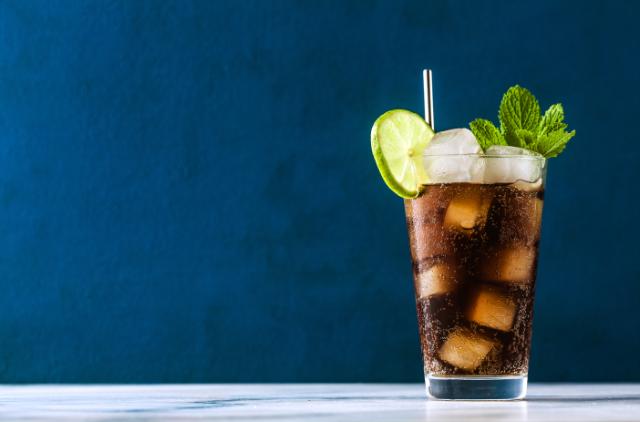
Ice and food safety laws
If you work in the hospitality and foodservice industry you undoubtedly encounter a lot of ice on a daily basis. From serving it in drinks to using it in food displays, ice is a growing commodity, but did you know that legally you should be treating it with the same care as food?
You may think because ice is frozen, harmful bacteria and viruses can’t survive on it, but in a study conducted by a US university, salmonella, E. coli, and shigella all survived in ice cubes, even when mixed with a spirit and soft drink. That’s bad news if contaminated ice finds its way into your customer’s drink.
Here we outline what laws apply to handling and serving ice and how to ensure you’re compliant.
What does the law say about serving ice?
In the context of Food Hygiene Regulations 2006 - which apply to anyone who handles or sells food, or cleans equipment used for food - ice is defined as food. As such it must be made, stored and handled in a way which ensures it is not contaminated.
Drinkable water should be used to make ice and, as with all foods, anyone handling it needs to produce, store and supply it in a hygienic way, be aware of potential hygiene hazards and make sure safety controls are in place and regularly reviewed.
For example, ensure stocks of ice are regularly rotated. If ice is left at the bottom of the ice bin and never moved it will soon become unhygienic.
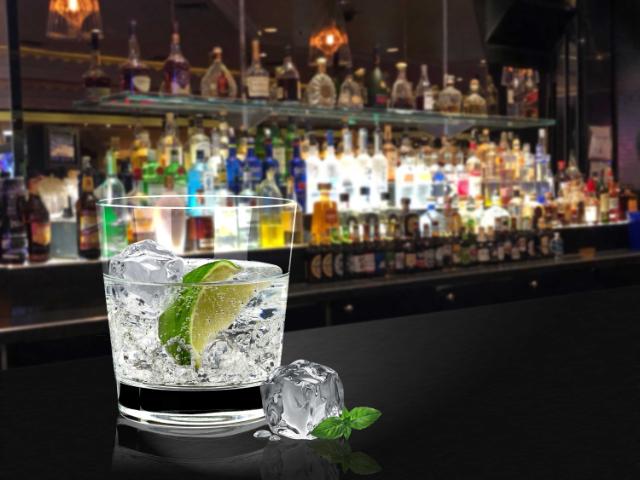
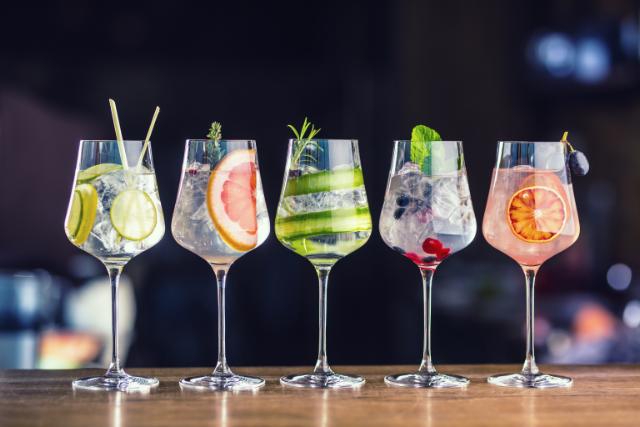
Why should ice be treated in the same way as food?
Consumption of contaminated ice can lead to food poisoning and serious consequences for business owners.
Just like food, ice can be contaminated by bacteria from people, raw foods and other objects which may come into contact with it. It can also be contaminated by chemicals, dust, dirt and pests.
How is the law enforced?
Responsibility for ensuring ice is being stored and handled in line with current legislation primarily lies with local authority Environmental Health Officers (EHOs) who look for safe handling of ice during routine inspections.
EHOs report that ice makers are among the most neglected pieces of equipment when it comes to cleaning, hence why they pay particular attention to this machinery during inspections.
EHOs may also:
- Take samples of ice
- Talk to staff to determine what hygiene procedures and controls are in place
- Take swabs from storage bins, ice buckets and tongs to measure levels of bacteria
- Examine equipment for general cleanliness and mould growth
- Examine the water source to ensure it is clean drinking water from the cold mains supply
- Examine the procedures used in your handling of ice.
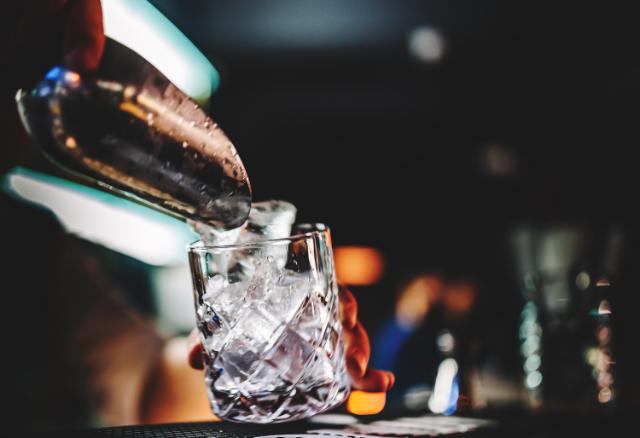
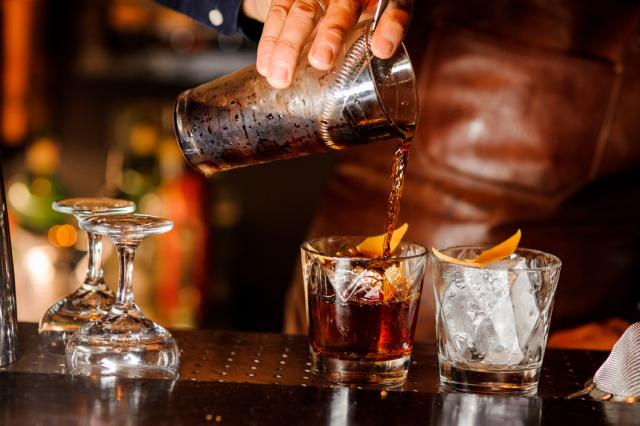
How can I make sure I comply with the law?
In a nutshell, by making sure water used for ice has not been contaminated in any way.
- Never use water from taps used for handwashing
- Do not handle ice for drinks directly
- Anything used to serve ice such as spoons, tongs and glasses should be cleaned properly
- Be as diligent about handwashing as you are with food preparation.
Crucially, you should be confident your equipment is up to the task.
How do I choose the right ice maker?
Ice makers come in many shapes and sizes so look for one that suits your specific needs. Think about the amount of ice you produce every day – is your current model large enough? Would two smaller machines placed in different locations be more efficient than one?
Also look for a machine that operates at a very low temperature, because the colder the ice, the longer it will last. Ask to see the ice produced by the machine before you buy. Is it clear or cloudy? Is it free from flaws and impurities? Is it hard and crystal-like? If you’re satisfied look again after it has been stored for a couple of hours. A good ice maker will produce ice of long-lasting quality.
In addition to its efficient range of ice makers, Foster also offer a range of water conditioning filter kits to ensure high-quality ice formation, particularly useful if you’re in a hard water area.
In terms of hygiene it’s important to choose a cabinet that is easy to wipe clean, durable and impervious to rust - opt for high grade, foodsafe stainless steel. After purchase make sure you follow the manufacturer’s recommendations for cleaning and sanitising the machine.
+(80).png&width=640&format=webp)
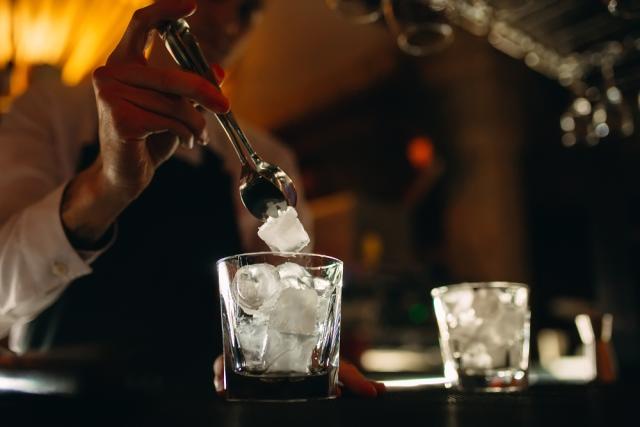
Ice is probably the fastest growing commodity in the hospitality and foodservice industry. Demand is increasing all the time: ice for drinks, for salad and fruit presentation, for displaying fish.
Yet many in the food industry forget that ice must be treated with the same care now applied to other aspects of food hygiene.
Your responsibility, whether you serve ice cubes in drinks or produce large quantities of ice for food display, is to operate within the Food Hygiene Regulations 2006.
Read our white paper here.
Keep reading...
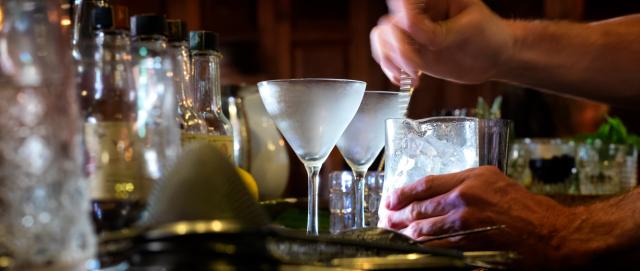
Why clean ice looks and works better
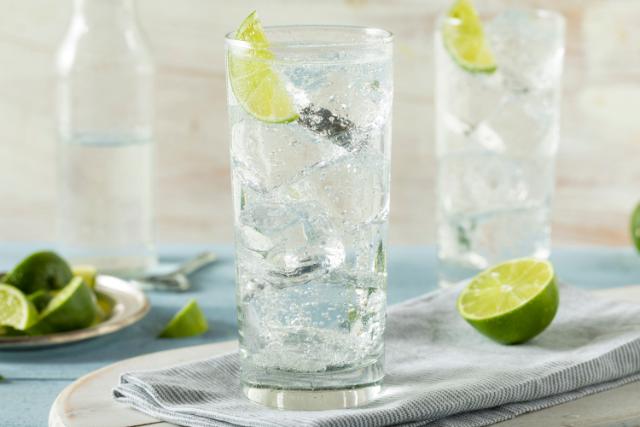
How clean is your ice maker
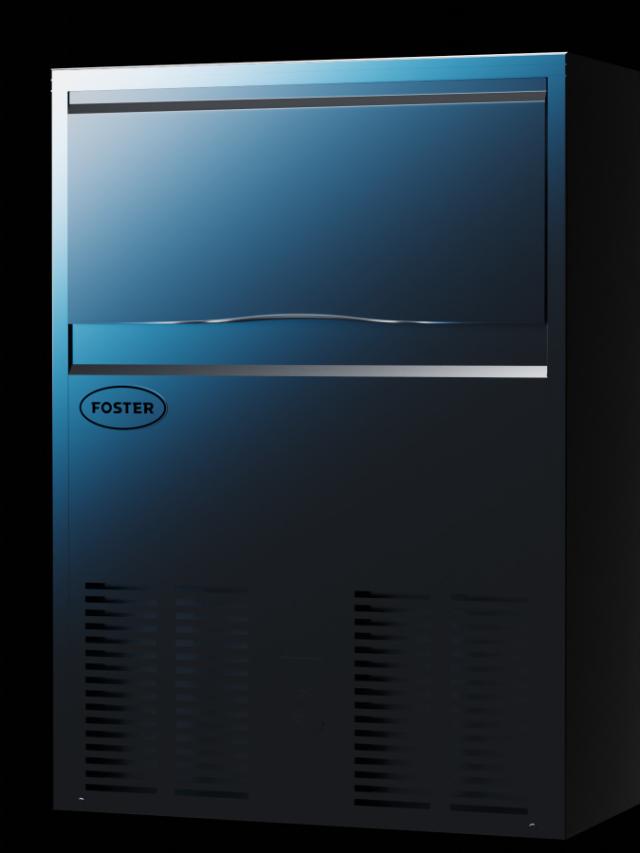
Ice machines range guide
